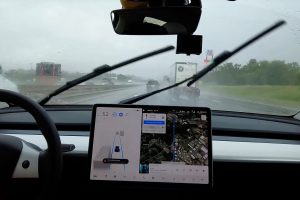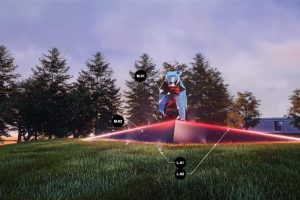Alphabet-owned Waymo and General Motors-backed Cruise are the only two companies that have been given permission to operate driverless robotaxis in San Francisco streets. But amidst the real-world performance of the robotaxis, some officials have expressed their intentions to slow down the rollout of the self-driving vehicles.
San Francisco’s transportation authorities have asked Waymo and Cruise to slow down the expansion of their self-driving taxi services over safety issues. The request was shared in letters sent to the California Public Utilities Commission (CPUC). The San Francisco County Transportation Authority noted that the rapid expansion of the services has been problematic so far, citing incidents where driverless cars caused traffic blockages and interfered with emergency response efforts.
Back in July, several autonomous Cruise vehicles blocked traffic for hours after the robotaxis seemingly stopped working. A similar incident was reported in September. Earlier this month, a Waymo self-driving car caused a traffic jam in San Francisco after it stopped in the middle of an intersection. The issue has caught the eye of regulators, with the National Highway Traffic Safety Administration (NHTSA) initiating an investigation into Cruise last month over incidents involving the vehicles blocking traffic and causing rear-end collisions from sudden braking.
City officials have raised concerns about the response of autonomous taxis to emergency vehicles. Last April, an autonomous Cruise vehicle was reported to have stopped in a travel lane, blocking a San Francisco Fire Department vehicle that happened to be en route to a three-alarm fire. Some months later, another Cruise vehicle “ran over a fire hose that was in use at an active fire scene.”
A similar incident nearly happened again this month, though firefighters were able to stop the vehicle from hitting the fire hose by smashing one of the driverless car’s windows. Some Cruise vehicles have also summoned 911 over “unresponsive” passengers, though the incidents only involved commuters falling asleep in the robotaxis.
The San Francisco Transportation Authority has noted that it supports the growth of autonomous vehicle technology. However, the agency also noted that there has to be more transparency and additional safety measures for the robotaxis that are already operating on the city’s streets, as well as those that are yet to be deployed.
The authority suggests that companies like Cruise and Waymo must be mandated to gather more data on the vehicles’ performance, including the frequency and duration of traffic blockages. Also, until the time when self-driving cars can consistently operate without disrupting downtown core street operations and transit services during peak travel hours, the authority suggested that the operation of robotaxis from Cruise and Waymo should be limited.
The city officials’ letters to Cruise and Waymo can be viewed below.





